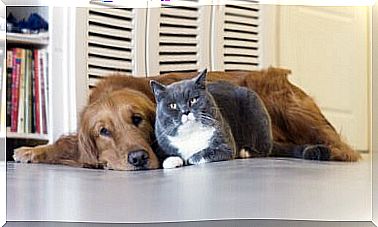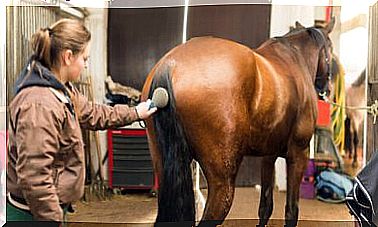Hamster Houses: Types And Recommendations
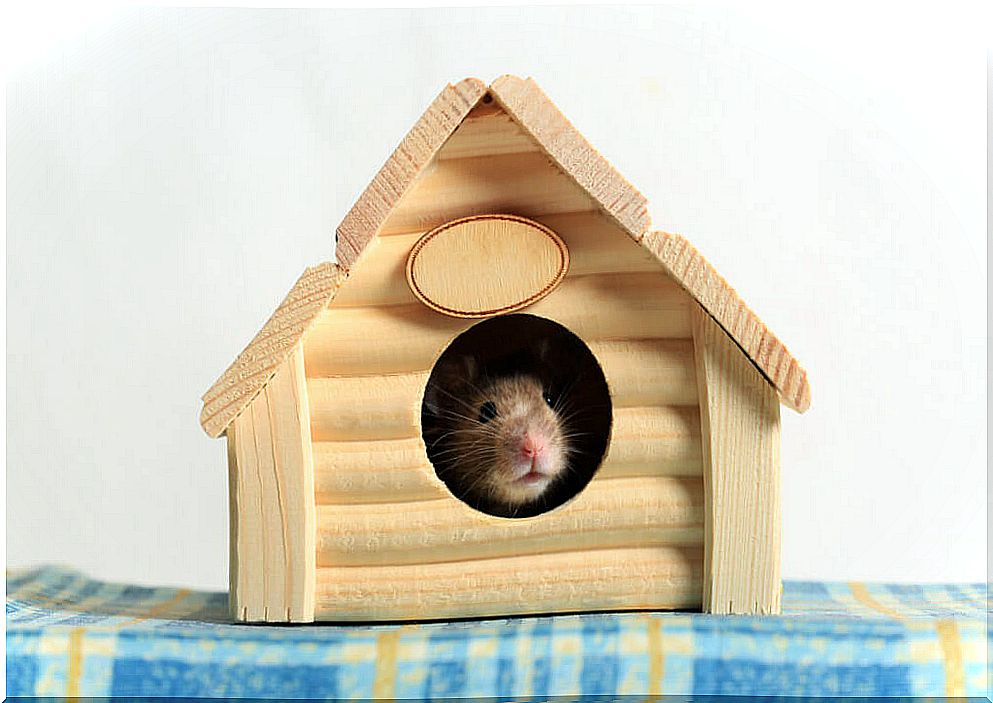
The hamster is undoubtedly the cutest animal among domestic rodents. These mammals delight their guardians with a look that oozes humility, breathing at 100 an hour and a coat of soft colors that no one gets tired of petting. The cuteness of these furry ones is irresistible, right?
If you have the opportunity to adopt this little rodent as a pet, you can’t miss hamster homes. These houses or cages should be spacious, safe and easy to clean. The size of the facility is important when we talk about a hamster as it is a very active animal. Let’s see which house models are ideal for these pets.
How to choose houses for hamsters
Before getting into the subject of hamster houses, we must first talk about which hamster you want to have. For example, if you want a dwarf hamster, the surface of the house should be about 3375 square centimeters (33 x 33 centimeters). If you choose a golden hamster, the cage surface should be approximately 5000 square centimeters (50×50 centimeters).
After defining the cage size, it is necessary to pay attention to the safety of the installation. For example, if you buy a plastic cage, you should make sure the material is thin enough that the hamster doesn’t make holes with its paws and teeth, which are remarkably powerful.
Showcase cages may be the best option for your pet, but you should keep in mind that they require constant cleaning. The only downside to these cages is that they are heavy and a little difficult to handle. Even so, the model will depend on each person’s taste.
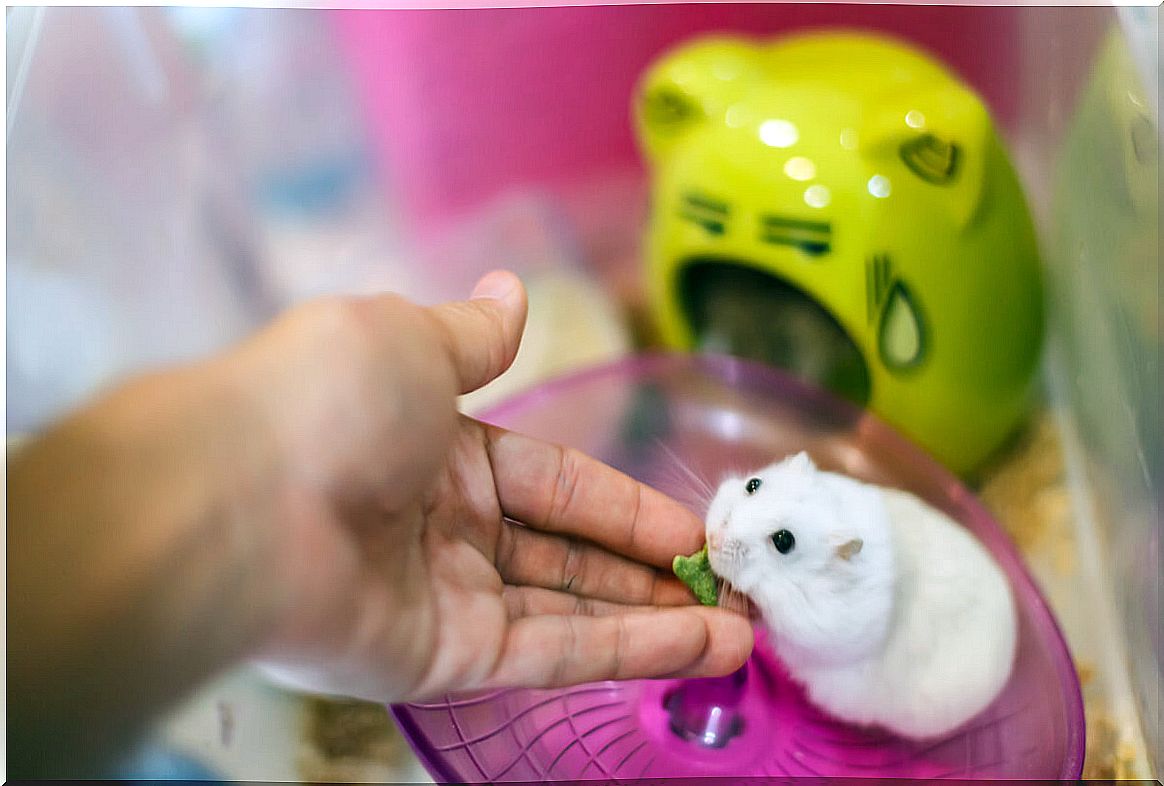
Types of Hamster Houses
There are many types of facilities designed to house a hamster. Here, we’ll show you the models regularly sold in pet stores:
- Grid houses: have a vertical and horizontal structure, with several floors and adequate height. It is recommended that the cage has narrow spaces between the bars in order to avoid possible leakage. These houses are very easy to clean.
- Plastic houses: These cages are practical and comfortable. Here there is no problem with spaced bars, eliminating any possibility of the animal escaping in this way. These hamster houses reduce dust dispersion, but the disadvantage is that they are very small and ventilation is poor.
- The glass terrarium type houses : these cages can be quite deep with substrate on the surface so that the animal can make its excavations – something he will really like . These houses allow you to see the hamster’s daily activity and its underground nests.
- Houses with lids: are very versatile cages because snacks, drinking fountains and slides can be hung. These houses have good ventilation and allow you to store the excrement that remains at the bottom. You can also add 30cm of substrate – here the hamster will surely be safe and happy.
Some recommendations
Remember that glass cages do not allow hamsters enough privacy, as these animals like to hide when they are uncomfortable for any reason. In this case, it is convenient to fill the installation space with some decorations and hiding places.
Hamster glass houses are often expensive and transport is very delicate, two factors you should consider when purchasing this type of cage. It is also important to note if the cage gets too hot in the summer months so that these rodents do not feel suffocated. – remember that this animal likes to be very active .
When cleaning the cages, use a shovel to remove the bottom and a handheld vacuum to remove debris. It is advisable to do this before cleaning the surface, display walls or cage rails.
comfort above all
Hamster houses are very important when it comes to providing comfort to any specimen of this animal taxon, as the hamster is a fastidious nocturnal rodent that sleeps a lot during the day and is very active at night. Therefore, having a good bed and sawdust will make you feel comfortable in your space.
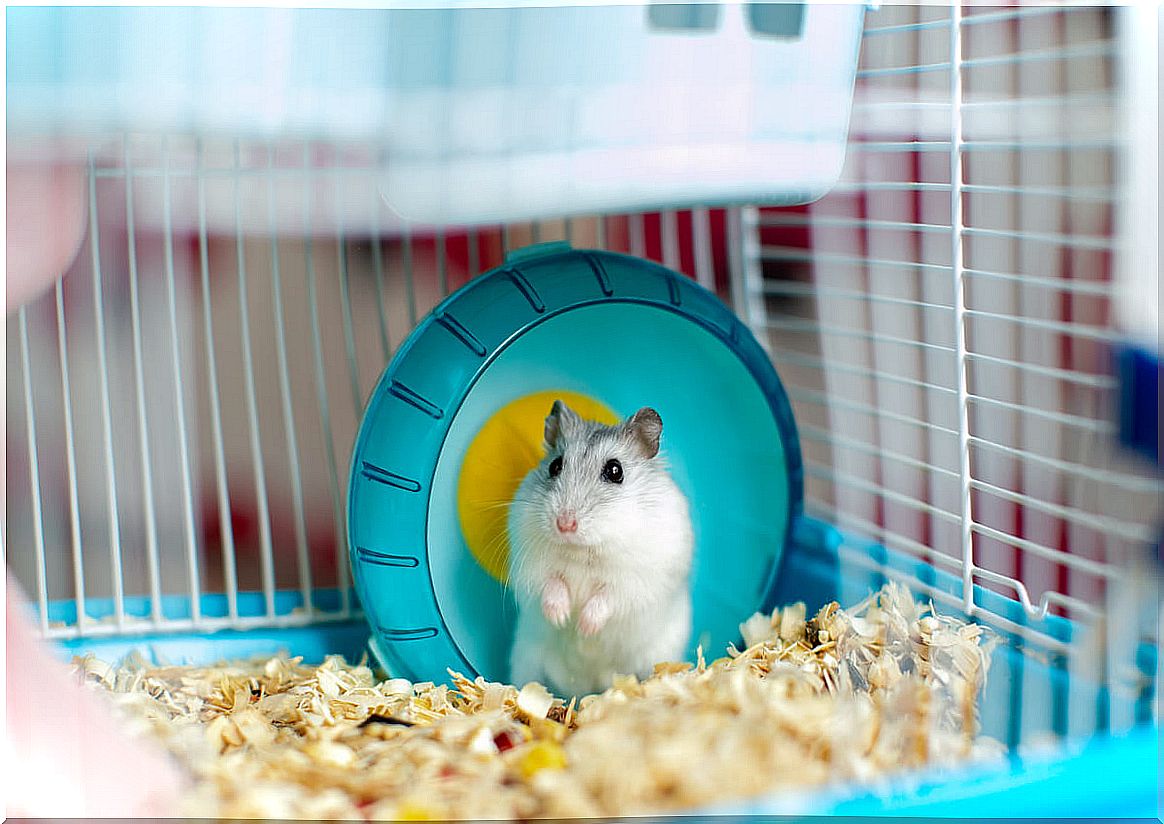
Experts advise that, whenever possible, you should seek to obtain sawdust from dry wood and pine, so that this material works as a good absorbent of the animal’s feces and, at the same time, acts as a natural substrate. Remember: a well-accommodated hamster is guaranteed quality of life and is therefore a happy animal.
